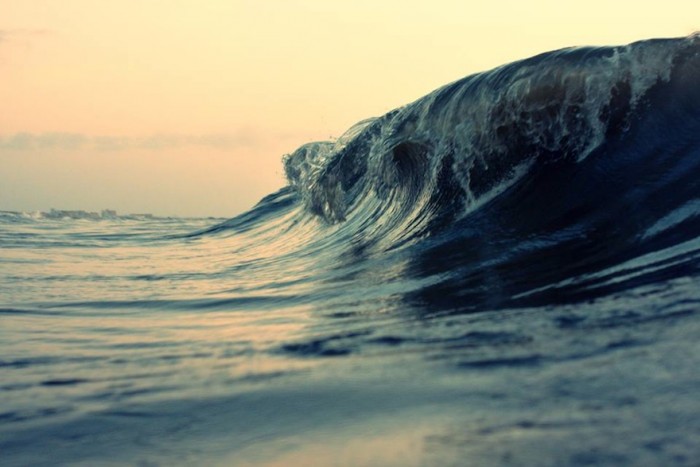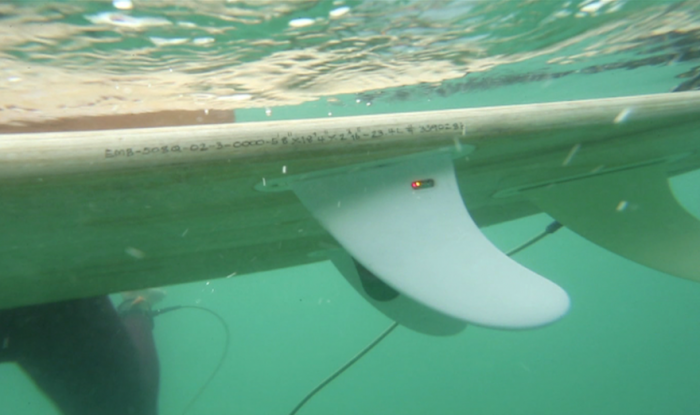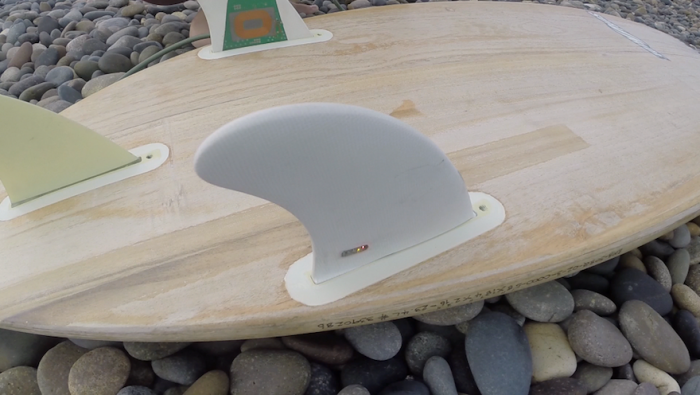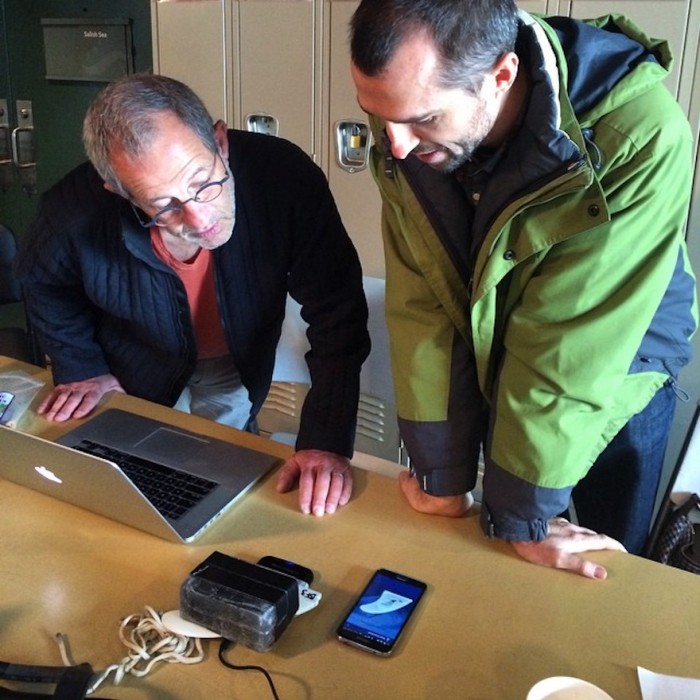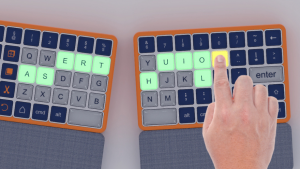The near-shore zone is the hardest area of the ocean to collect data from. Any equipment left in this hostile band of turbulent water is quickly destroyed by the crashing waves and coastal storms or rusted into uselessness by the voracious salty seas.
However, in order to accurately monitor the effect of climate change on the oceans a way to collect data from this zone must be found. So how about turning surfers into a taskforce of citizen scientists?
Introducing the Smartphin: a surfboard fin embedded with a data-collecting chip.
This innovative fin was conceived by Dr Andrew Stern, CEO of the arts for change non-profit The Lost Bird Project, around three years ago. Stern employed surfing-enthusiast and engineer Benjamin Thompson to develop the technology and together they created the Smartphin.
Integrated into the board, the data-collecting chip is taken right into the water of the ocean’s hardest-to-reach zone: the breaking waves. The chip collects information on the pH, salinity, temperature and directional wave spectra and the surfer’s location in real time.
For the science community this provides much-needed information about the near-shore zone, which infrared satellites struggle to pick up accurately and for which deep sea buoys are ineffective.
“pH and temperature are critical parameters for understanding climate change in our oceans,” says Dr Stern. “They also have important impacts on coastal ecosystems.”
The surfer can see all the information they are gathering via an app on their phone, and can also have access to the community data. Therefore a single surfer in the water means live information is available on the sea’s temperature and conditions.
This kind of detailed wave forecasting has never been available before. The Smartphin has no effect on the way their board rides as it has an almost identical weight and shape to a high-end set of fins.
“The point is to change the surfing experience from self-enjoyment to surfer as citizen scientist, knowing that when they do what they love they will also be contributing data to the scientific community so that we can get a better understanding of the oceans.”
Smartphin plans to pilot its device with 150 participants in San Diego, starting 1 November 2015. Following the two month testing period, it will be available for surfers to purchase.

